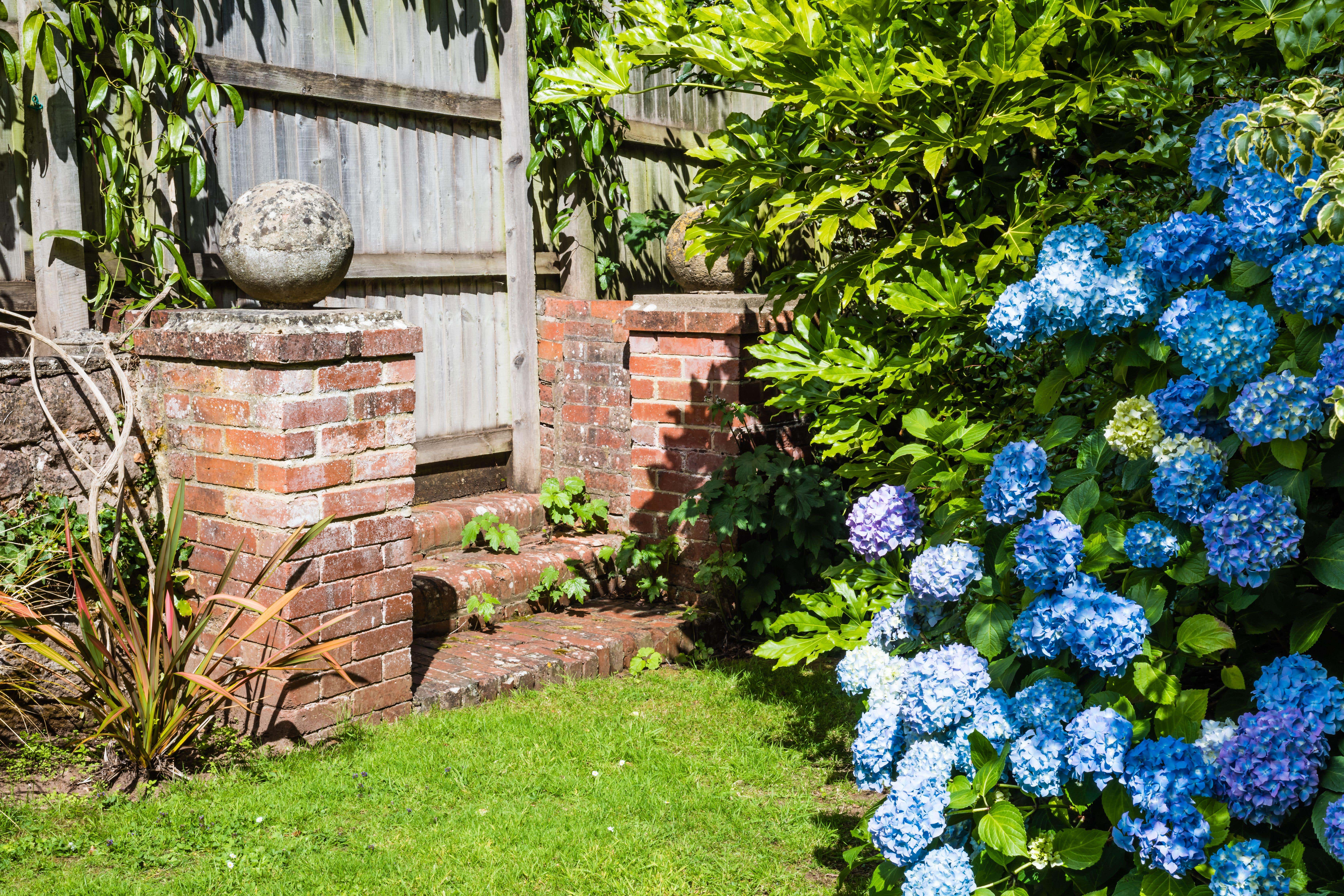Don’t replace struggling plants ‘like for like’ as temperatures rise, RHS says
The horticultural charity reveals which garden species suffered most in the heatwave this summer.

Gardeners are being urged not to replace plants that struggle in extreme heat with similar varieties, as a survey showed garden favourites suffered this summer.
The Royal Horticultural Society’s “extreme heat survey” conducted in July after the record-breaking heatwave shows that plants across the country suffered damage.
More than 8,000 responses showed that even established, formerly healthy plants could not cope with the temperatures well above 30C, and some techniques to help plants, such as mulching to help them retain water were not always effective.
The RHS’s principal horticultural adviser Leigh Hunt warned gardeners not to replace plants like for like as temperatures become more extreme, saying green-fingered householders could still keep an English-style garden in the face of climate change with their plant choices.
The survey by the horticultural society showed the list of the top 10 plants reported to have suffered damage was headed up by hydrangeas, followed by acers, fuchsias and astilbe.
Roses were in fifth place, with anemone in sixth and ferns in seventh, with heucera, phlox and crocosmia rounding off the list.
The RHS said many of the plants in the top 10 were expected, with hydrangeas, Japanese maples or acers and hardy fuchsias all preferring cooler conditions with most soil.
Many are planted in dry, exposed spots which may have made them more vulnerable, the horticultural experts said.
More surprising was the presence of roses, and the RHS said that while some saw flower damage in July and August, many have gone on to have an extended flowering season well into October.
And although crocosmia is in the list, with leaves that scorch easily, the damage is expected to be superficial as they are drought-tolerant and likely to re-emerge, the experts said.
If there is a repeat of the scorching temperatures next summer, gardeners are being urged not to prune plants that have lost a lot of leaves, as most will have live buds on their stems and branches and will leaf up again when the weather is more favourable.
But pruning after heat and drought can put them under more stress, the RHS warned.
Dry gardens don’t have to mean gravel-gardens, you can keep an English-style garden by swapping plants, for example, exchange rhododendrons for grevillea
Mr Hunt said: “As temperatures become more extreme don’t replace like for like – if a plant is struggling in your garden you can plant something better suited to the space.
“Dry gardens don’t have to mean gravel-gardens, you can keep an English-style garden by swapping plants, for example, exchange rhododendrons for grevillea.”
And he said: “Timing is especially important in the garden and gardening calendars aren’t as reliable as your own green fingers as seasons become more variable.
“You can make good use of the longer seasons as many plants including asters and salvias are now providing a brilliant show well into November.”
The charity urged gardeners to make sure they were planting the right varieties in the right place, improve their soils with home compost so it holds more water and harvesting the rain in water butts could all help gardens cope with the changing climate.
Subscribe to Independent Premium to bookmark this article
Want to bookmark your favourite articles and stories to read or reference later? Start your Independent Premium subscription today.
